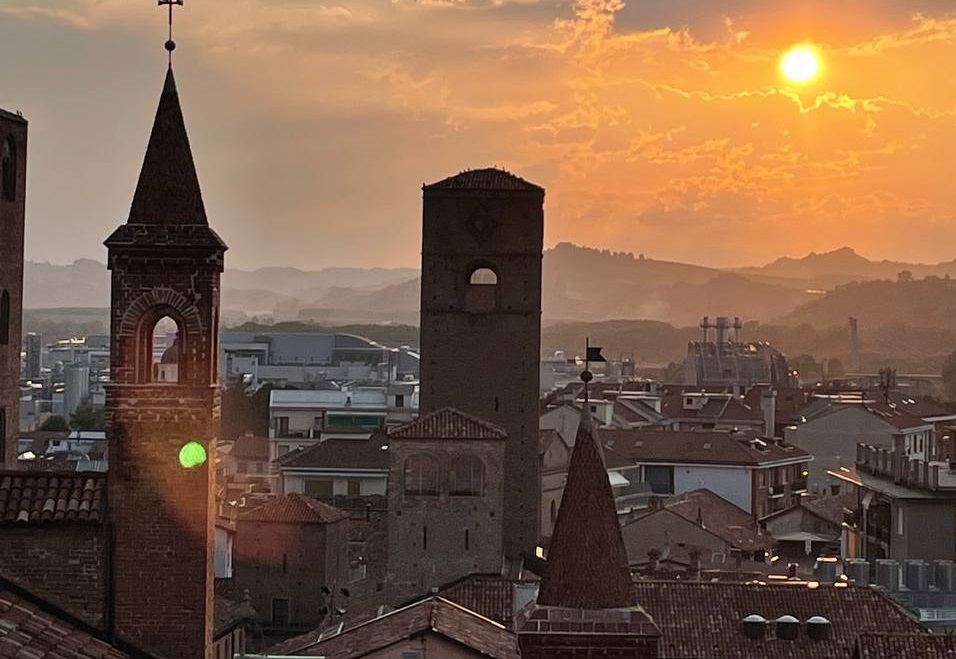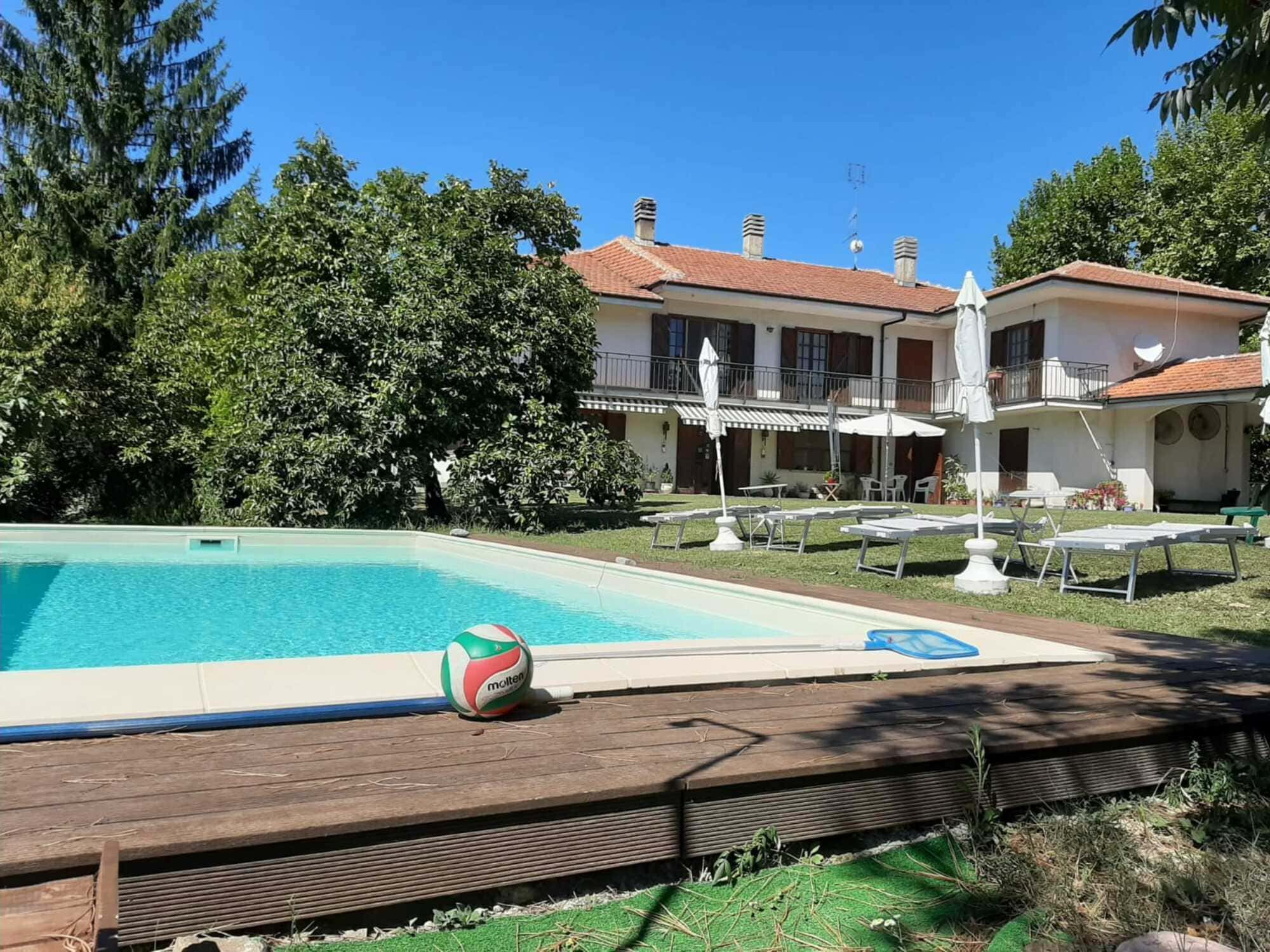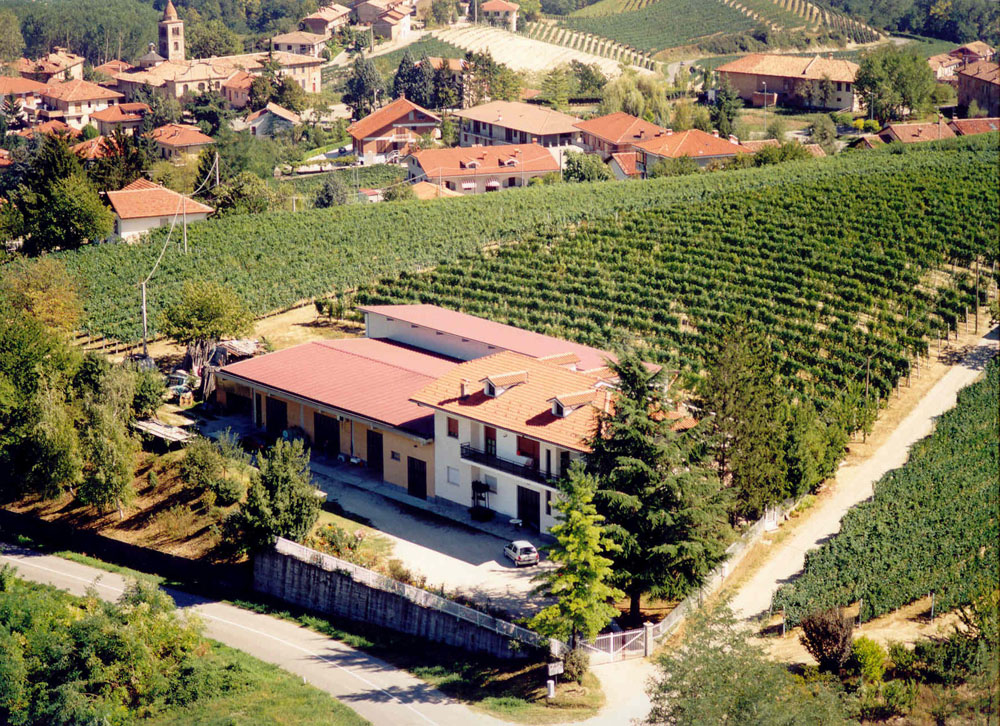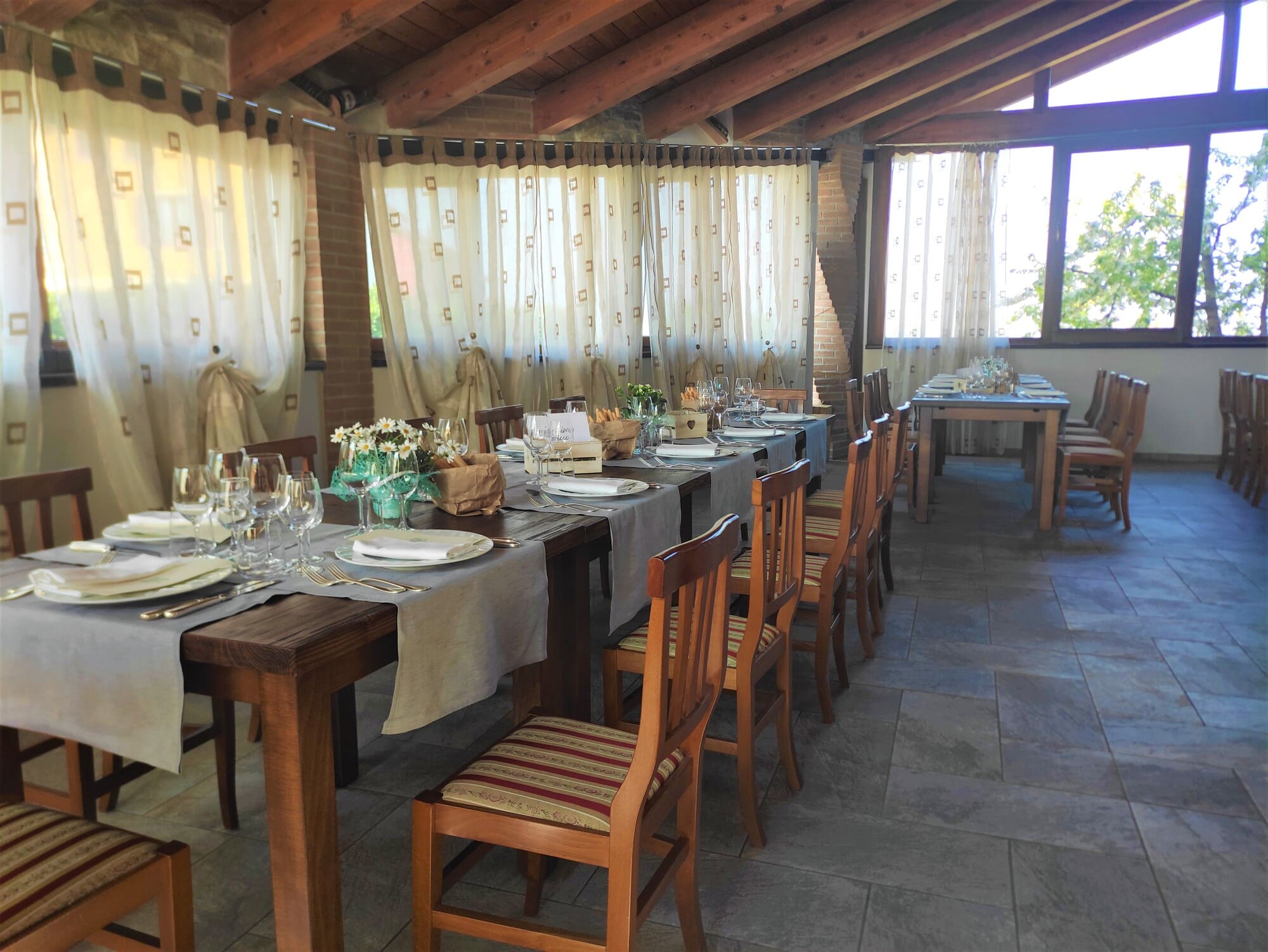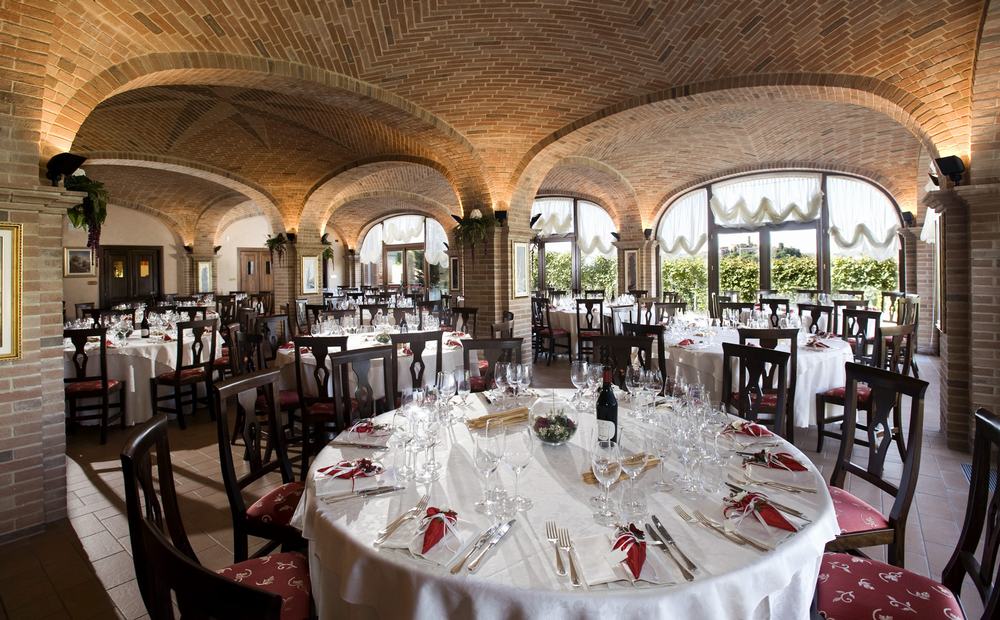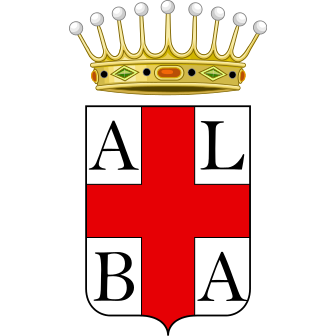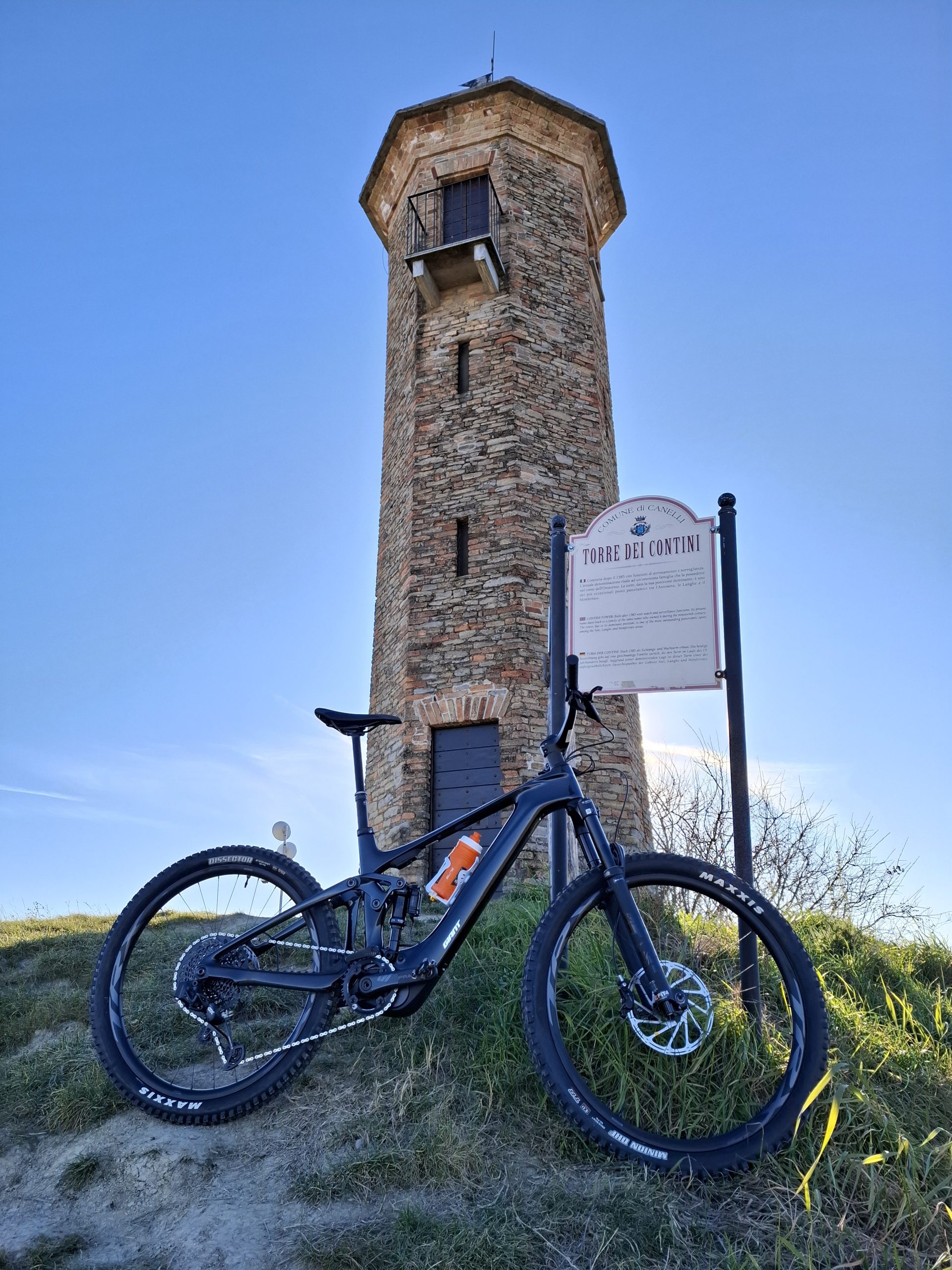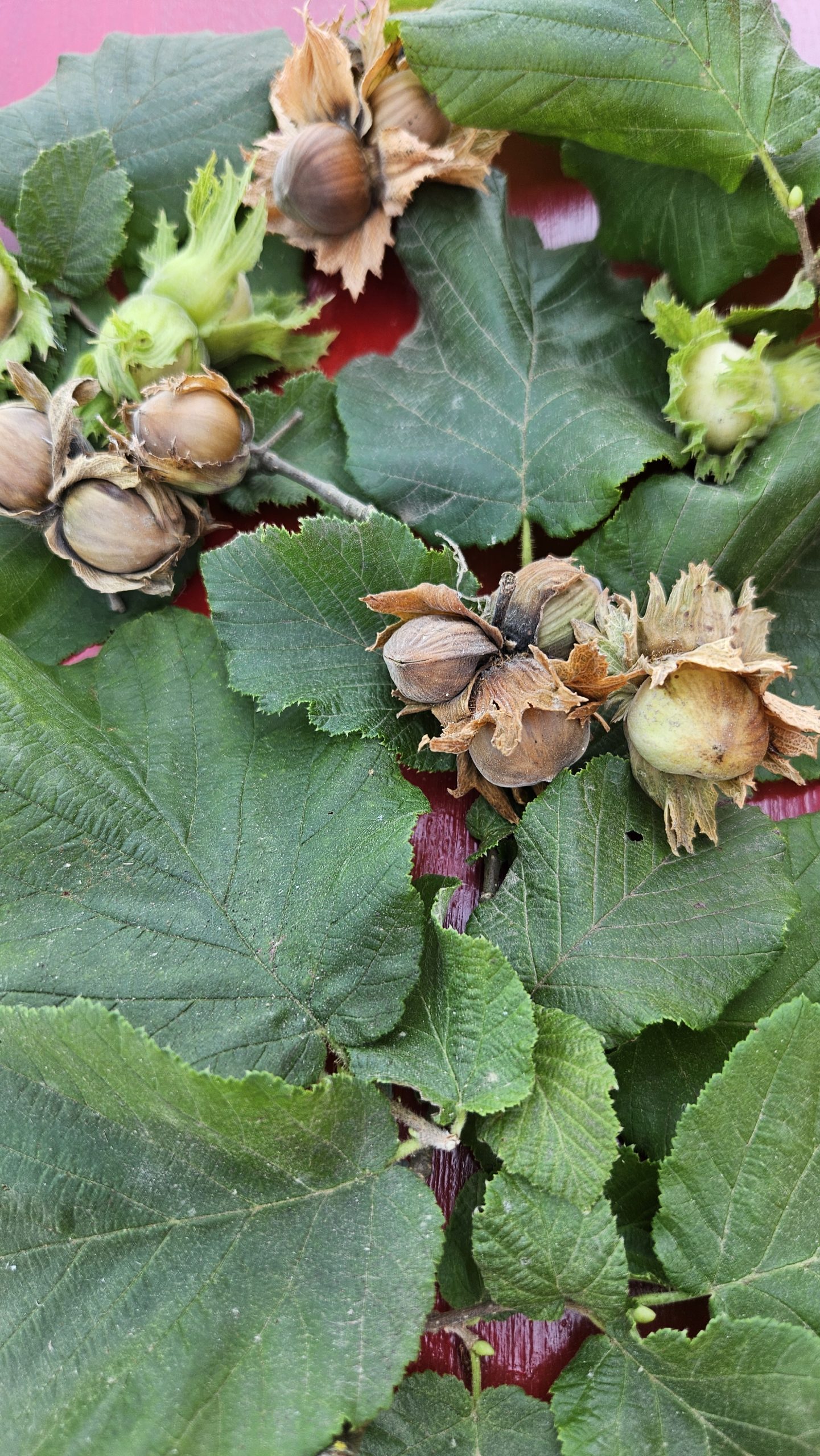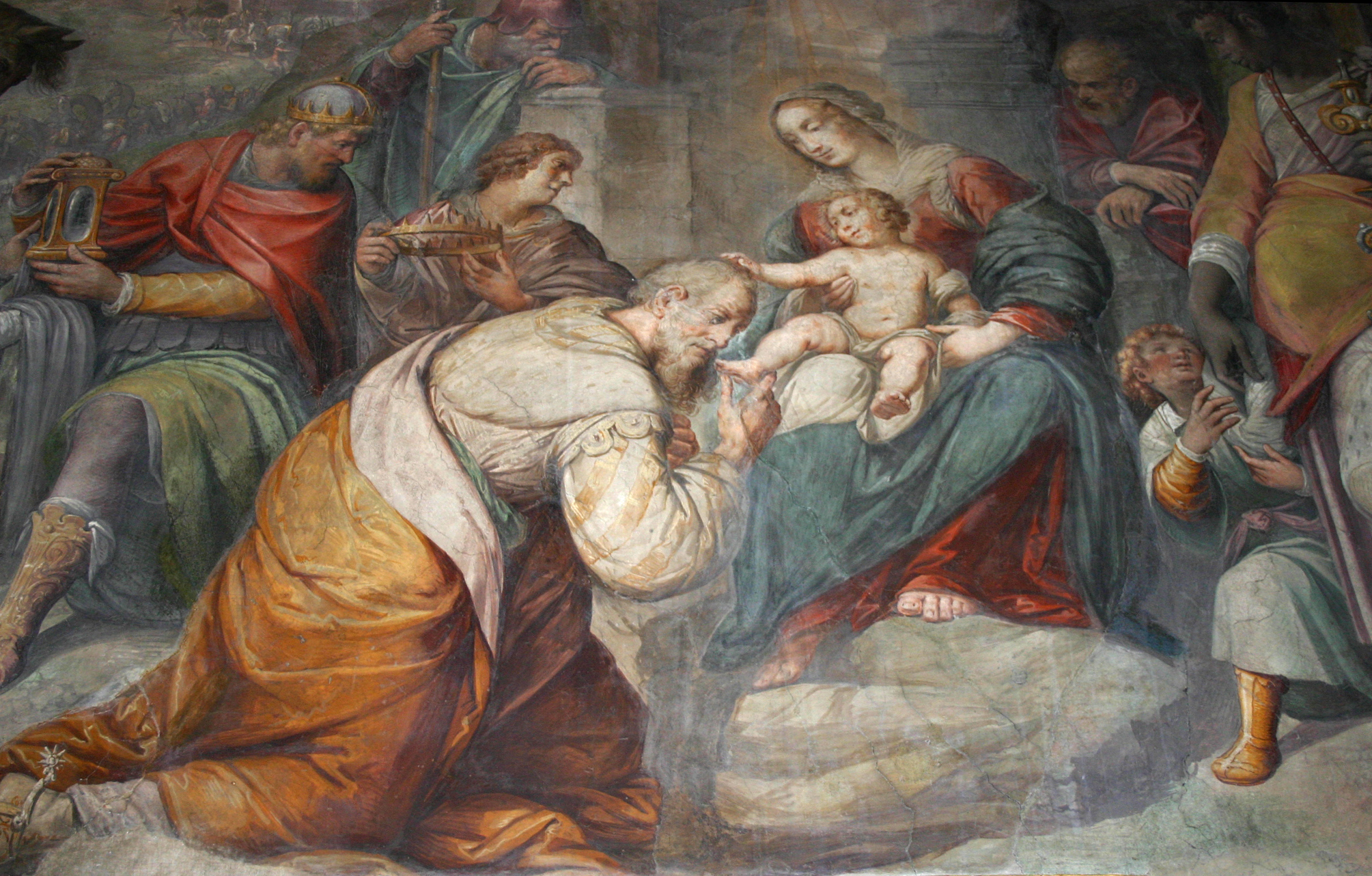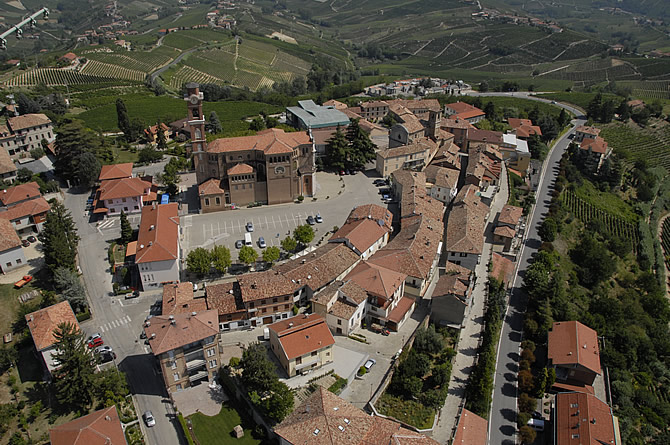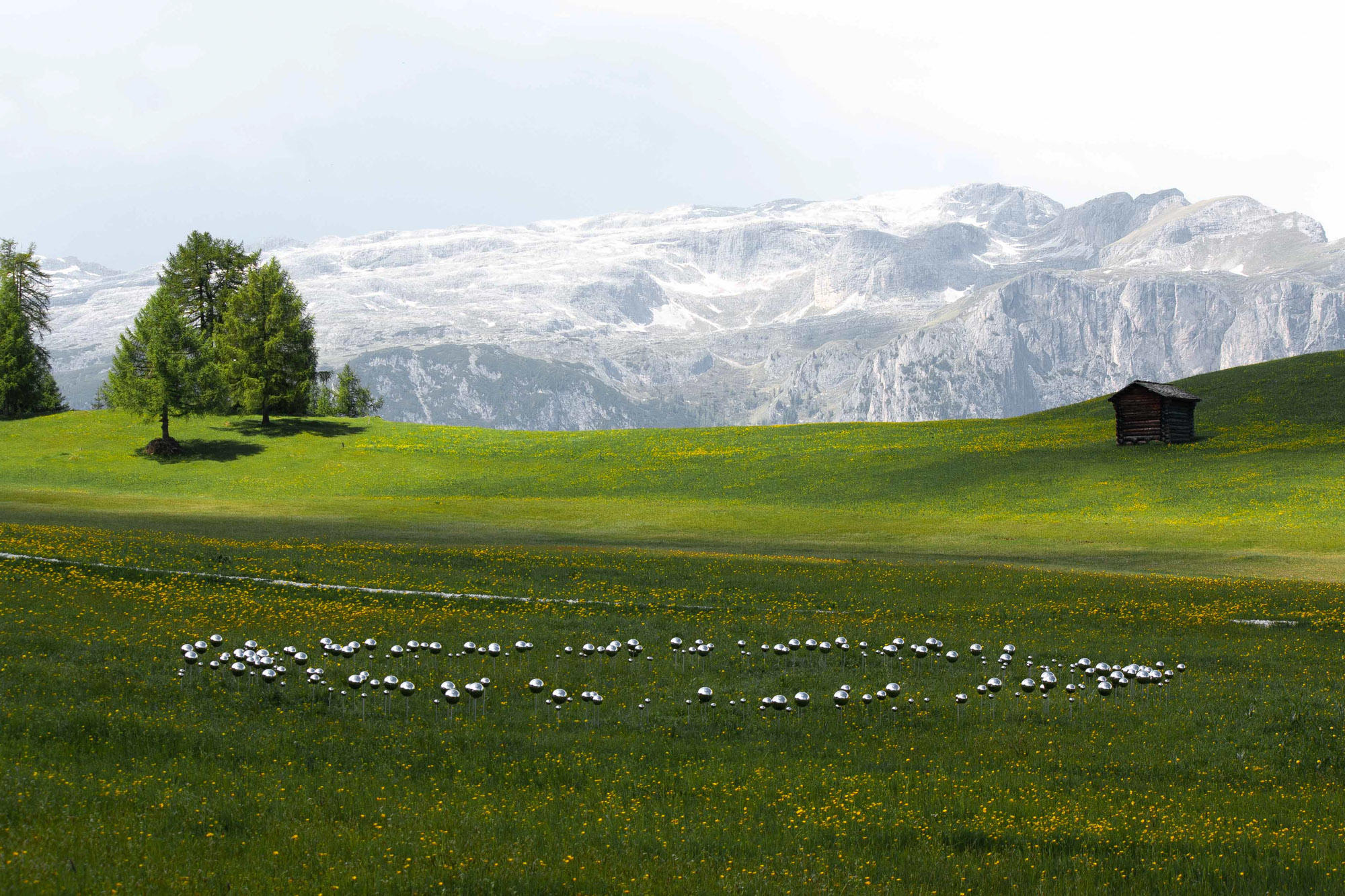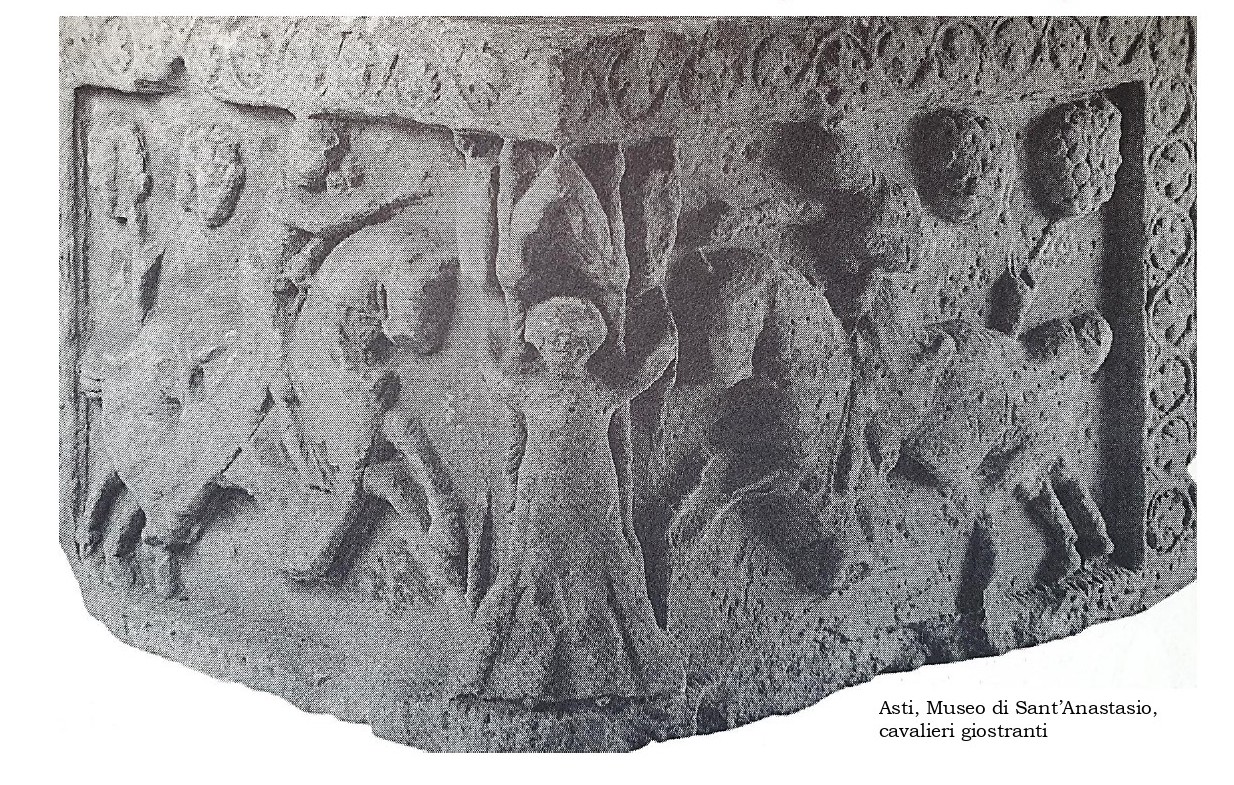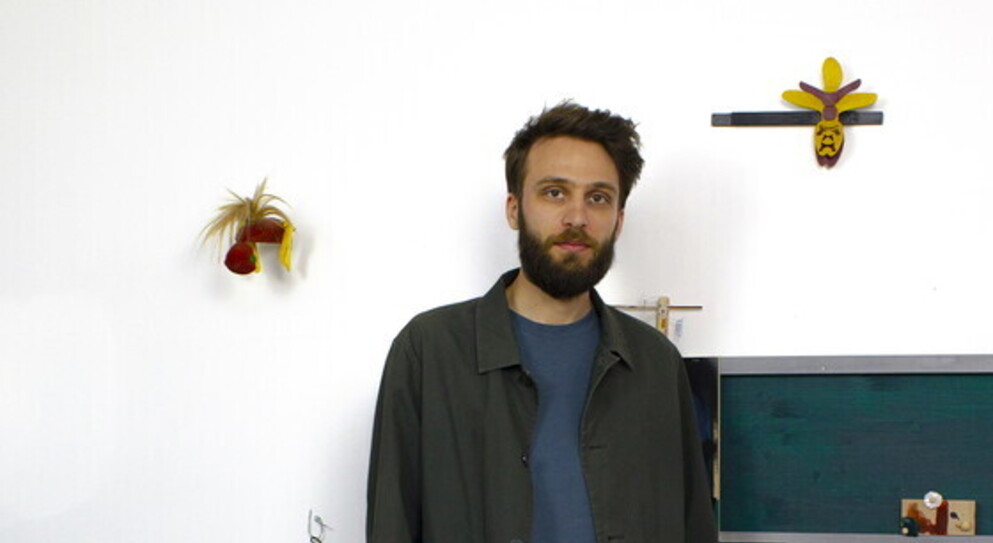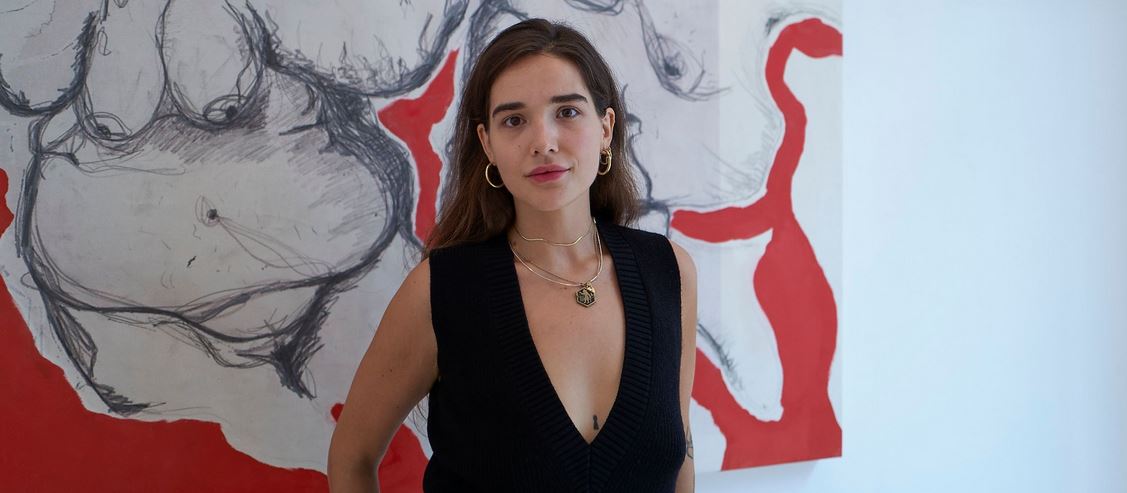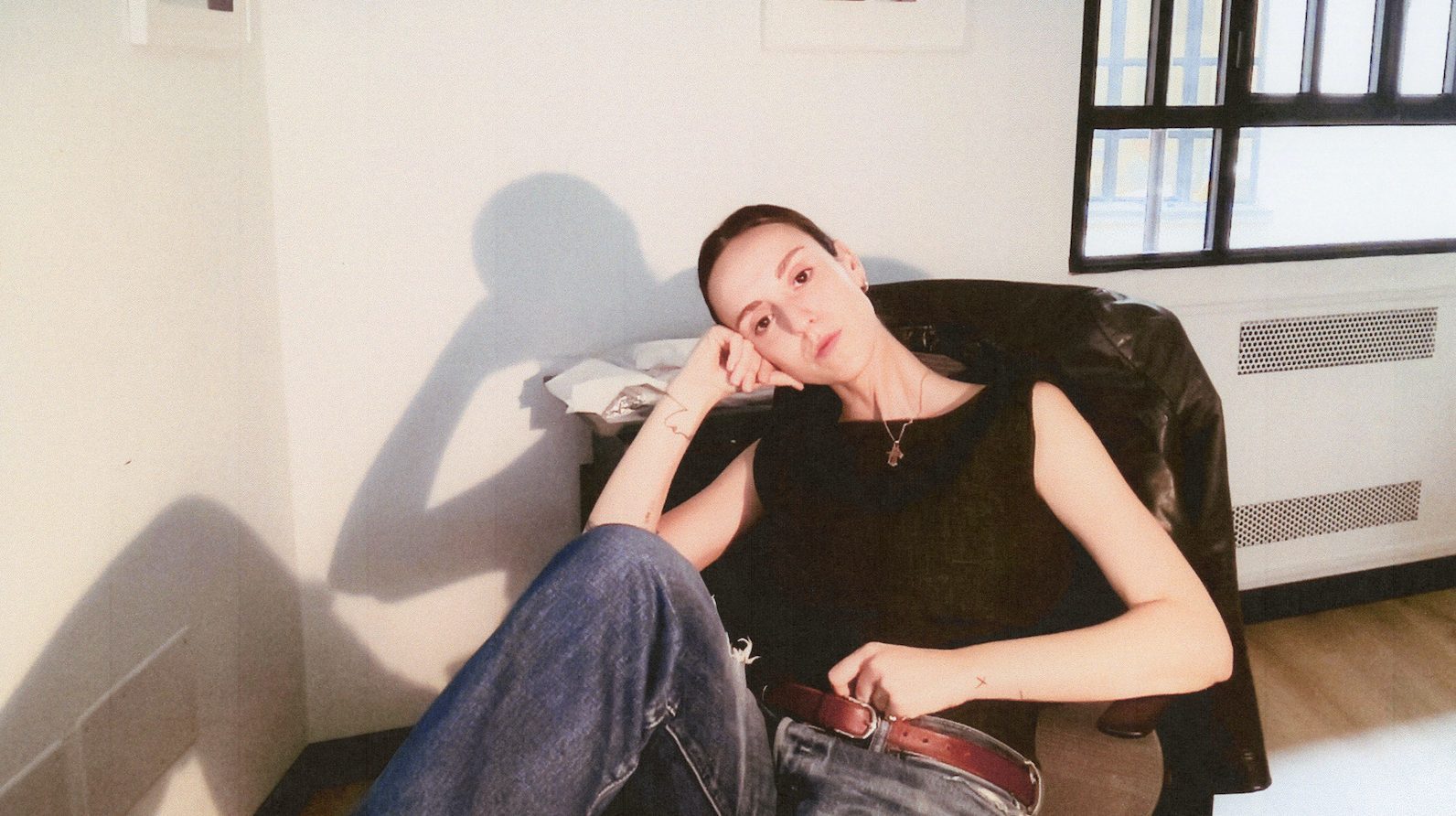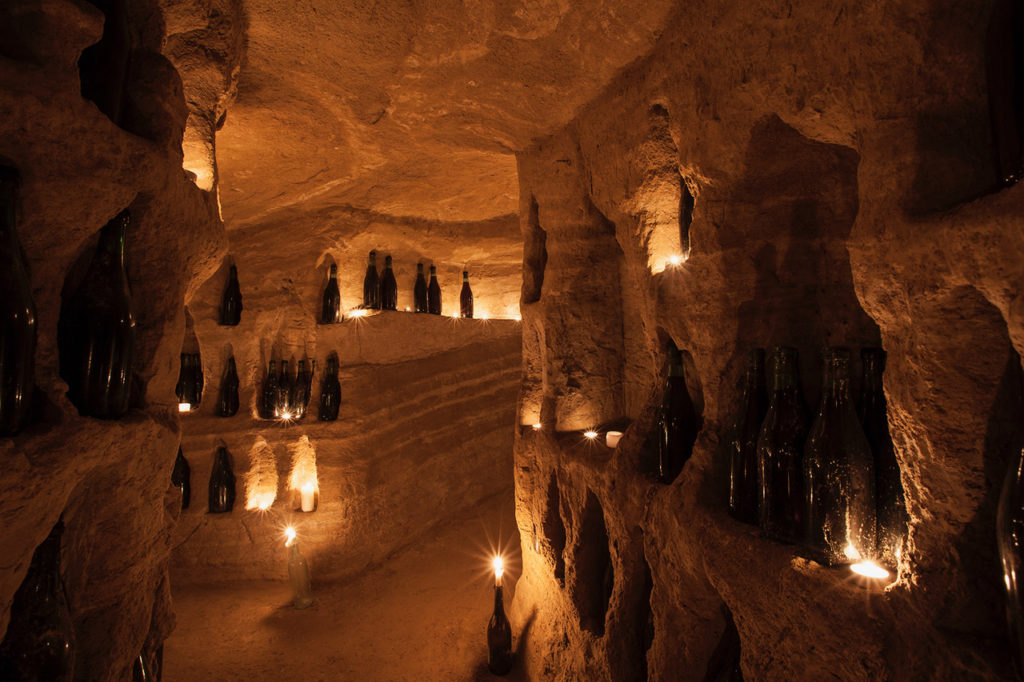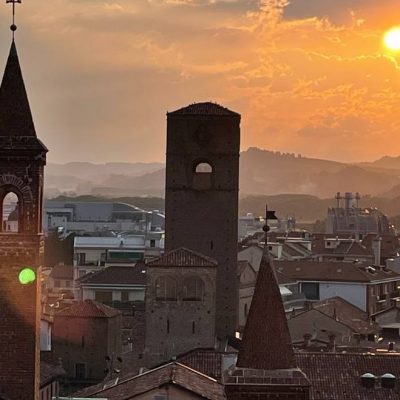Alba — Diocesan Museum
45 meters above Alba
Special guided tour of the Cathedral bell tower...with tea and cookies
from Saturday
27 April 2024
at 15:30
to Saturday
27 April 2024
at 18:00
During the month of April and on the occasion of the Vinum event , MUDI – Diocesan Museum of Alba – is organizing special afternoons of guided tours of the double bell tower of the Cathedral of San Lorenzo on Saturday, April 27.
The Romanesque bell tower of Alba Cathedral is one of the city’s most representative monuments and characterizes the downtown skyline along with the medieval towers.
Diocesan Museum guides will take you through the history of the Cathedral up to a height of 45 meters: in fact, by climbing up the steps between the walls of the two bell towers you will reach the top of the ancient tower and from here you can admire the “city of 100 towers” from above.
The visit will continue in the archaeological path under the Cathedral, where evidence of the city’s Roman and medieval past is preserved, brought to light thanks to excavations
archaeological excavations conducted since 2007.
The afternoon will end, for all participants, with a snack in the flower garden of the Cathedral rectory.
Two rounds of visits are planned: 3:30 p.m. and 5 p.m.
Organized by
MUDI – Museo Diocesano di Alba
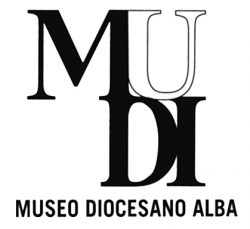
Begins
27 April 2024
Ends
27 April 2024
How to participate
10,00 € adults
5.00 € adults Torino Musei subscribers
6,00 € reduced from 6 to 14 years old
3,00 € reduced from 6 to 14 years old Torino Musei subscribers
Free under 6 years old
Indirizzo: MuDi - MUSEO DIOCESANO ALBA La Cattedrale Sotterranea, Piazza Rossetti, Alba, CN, Italia

Diocesan Museum
MuDi - MUSEO DIOCESANO ALBA La Cattedrale Sotterranea, Piazza Rossetti, Alba, CN, Italia
Directions ↝
-
01 Mar 26 OctE-Bike tour tra le colline del Monferrato
Un tour con degustazione per godere dei panorami mozzafiato del Monferrato e dei suoi vini
![E-BIKE tour colline monferrato -eventi E-BIKE tour colline monferrato -eventi]()
-
11 May 31 DecMistery tour nelle Langhe
Seguendo una trama misteriosa, ricca di enigmi, indizi e colpi di scena vivrete un'esperienza immersiva che vi farà conoscere il territorio
![ricerca in città escape room ricerca in città escape room]()
-
18 May 18 AugA tavola con la regina
Una giornata, con visita in cantina e breve trekking panoramico, alla scoperta della Nocciola Tonda Gentile delle Langhe
![a tavolo con la regina nocciola – eventi a tavolo con la regina nocciola - eventi]()
-
24 May 14 SepUna mostra: Guglielmo Caccia
Una doppia esposizione celebra l’opera di un grande pittore tra capolavori inediti, studi critici e percorsi di riscoperta sul territorio
![Una mostra: Guglielmo Caccia – eventi Una mostra: Guglielmo Caccia - eventi]()
-
20 Jun 20 JulTour: la collina sale sempre
4 tour perfetti per scoprire il territorio: visite guidate, cantine, paesaggi mozzafiato, nocciole e vino
![Castiglione Tinella – Panorama Castiglione Tinella - Panorama]()
-
05 Jul 31 Aug![fairy ring]()
-
07 Jul 30 SepPalius Astensis cursus fuit – 750 anni di Palio di Asti
Una mostra-anniversario che attraversa documenti, costumi e cimeli, svelando la profondità storica e simbolica di una tradizione che è ancora cuore pulsante dell’identità astigiana
![Palius Astensis cursus fuit – 750 anni di Palio di Asti – eventi Palius Astensis cursus fuit - 750 anni di Palio di Asti - eventi]()
-
12 Jul 31 AugOlimpia: Edoardo Manzoni
Una biennale d’arte contemporanea in alta langa: posa dell'opera che rappresenta la fioritura di un corpo nuovo
![edoardo manzoni artista – eventi edoardo manzoni artista - eventi]()
-
12 Jul 31 AugOlimpia: Dora Perini
Una biennale d’arte contemporanea in alta langa: un’opera site-specific frutto di un dialogo con la comunità locale
![dora perini – eventi dora perini - eventi]()
-
12 Jul 31 AugOlimpia: Mara Palena
Una biennale d’arte contemporanea in alta langa: presentazione dei lavori della fotografa e videoartista
![fotografa e videoartista Mara Palena – eventi fotografa e videoartista Mara Palena - eventi]()
-
14 Jul 19 JulMonferrato degli Infernot: Infernot degli Angeli
Un gioiello nascosto sotto il Municipio, tra pietra scolpita, silenzio antico e suggestioni della tradizione vinicola monferrina
![Infernot degli Angeli – eventi Infernot degli Angeli - eventi]()
-
15 Jul 20 JulMagnifiche collezioni
In mostra alla Reggia di Venaria le collezioni della Genova dei Dogi con i capolavori di Rubens, Van Dyck, Gentileschi e Reni
![Giovanni Carlo Doria – Eventi]()
